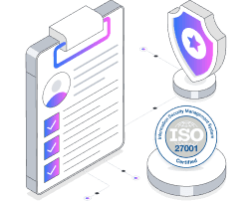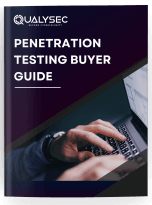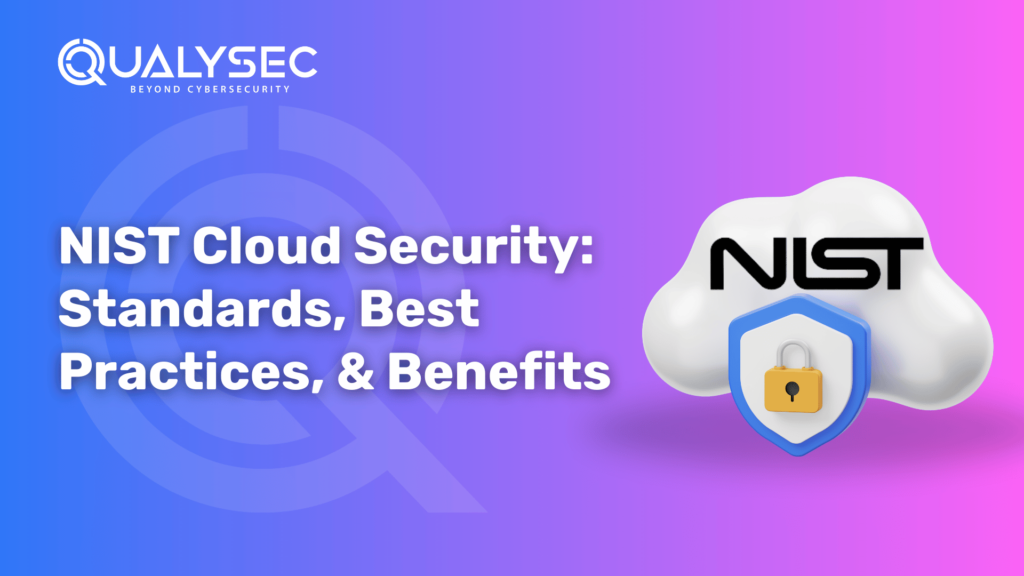NIST Cloud Security: Standards, Best Practices, & Benefits
Understanding NIST Cloud Security NIST Cloud Security is a framework established by the National Institute of Standards and Technology (NIST), a non-regulatory United States government agency operating under the United States Department of Commerce. That sets and publishes measurement standards, including cybersecurity ones. Since its founding in 1901, NIST has been at the cutting edge of new technology, innovation, and security standards across various industries. Role of NIST in Cybersecurity NIST is renowned for cybersecurity policy formulation and research in the areas below: Why is NIST Cloud Security Important? As more and more cloud computing adoption is made, more and more organizations store and process sensitive data in the cloud. Although cloud platforms are cost-efficient, scalable, and elastic, they are also associated with security risks such as: Data Breaches – Sensitive information exposure due to misconfigurations or weak security controls. Insider Threats – Misuse of access rights by employees or third-party suppliers. Lack of Visibility – Nonavailability to monitor and keep security violations in check in the cloud. Compliance Missteps – Failure to comply with directive policies concerning safeguarding data and privacy. Shared Responsibility Challenges – Security duties function differently for the customer and cloud provider, creating security loopholes. Why NIST Enhances Cloud Security NIST cloud guidelines correct such blunders with a well-defined process by which organizations can: 1. Implement a Systemic Approach to Cloud Security Enterprises manage security threats systematically employing appropriate security controls as applicable for cloud infrastructure per the recommendations of NIST. Some of them include: Organizations can decrease risk and have the utmost security using NIST controls in the cloud business. 2. Support Organizations’ Compliance Requirements Different sectors should adhere to industry regulatory guidelines on data protection. NIST guidelines are compliant with: Businesses can then trace their security practice back to these demands of laws and regulations by adhering to NIST guidelines and thereby avoid fines and lawsuits. “You might like to explore: Hippa Penetration Testing and GDPR Penetration Testing to ensure your systems meet regulatory standards“ 3. Provide a Risk-Based Framework to Assess Threats NIST promotes a risk-based strategy for cybersecurity, where organizations: This approach enables organizations to distribute security efforts based on the risk severity, preventing unnecessary security spending on non-critical measures and focusing on critical vulnerabilities. 4. Apply Consistent Security Controls Across Multiple Cloud Environments Modern businesses often function in hybrid cloud or multi-cloud environments with the services of AWS, Microsoft Azure, Google Cloud, and local data centres. Each of these cloud vendors does have security mechanisms and compliance in place, though, creating inconsistent security policies. NIST frameworks provide access to standardized security controls, which function across any form of cloud environment and make certain that: Uniform security policies are being implemented on any specific cloud platform. Security controls within hybrid cloud implementations are seamlessly integrated. Human error and security misconfigurations are reduced. Through compliance with NIST standards, an organization can achieve an integrated and cohesive cloud security plan regardless of which cloud service provider it’s on. Main NIST Cloud Security Standards & Frameworks NIST has created several frameworks to address cloud security: A. NIST SP 800-53: Security and Privacy Controls for Federal Information Systems This standard includes a comprehensive list of security controls for the protection of information systems. It organizes security controls into: Cloud service providers (CSPs) must comply with NIST SP 800-53 to meet federal security requirements. B. NIST SP 800-37: Risk Management Framework (RMF) It provides a risk-based approach to adding security to cloud systems. It is a six-step process: 1. Classify the system based on the sensitivity of data. 2. Select security controls from NIST SP 800-53. 3. Implement the controls in the cloud environment. 4. Assess security controls and effectiveness. 5. Approve the system for use. 6. Monitor continuously for security threats. C. NIST SP 800-171: Protecting Controlled Unclassified Information (CUI) This is a key recommendation for organizations that collaborate with the U.S. Department of Defense (DoD) and other federal agencies. It calls for security for non-federal organizations that hold Controlled Unclassified Information (CUI) in the cloud. D. NIST Cybersecurity Framework (CSF) The NIST CSF is a widely used security framework founded on five core functions: 1. Identify – Get familiar with cloud assets and threats. 2. Protect – Enforce security controls (e.g., encryption, IAM). 3. Detect – Monitor for security threats. 4. Respond – Establish incident response strategies. 5. Recover – Ensure business continuity after incidents. E. NIST SP 800-190: Application Container Security Guide As containerized applications (e.g., Docker, Kubernetes) are becoming popular, NIST SP 800-190 offers advice on how to secure containerized cloud environments, including image security, runtime protection, and risks of container orchestration. NIST Cloud Security Best Practices To follow NIST security best practices in cloud environments, organizations can follow these best practices: A. Implement Zero Trust Architecture (ZTA) B. Enhance Identity & Access Management (IAM) C. Encrypt Data at Rest & In Transit D. Asses Security Posture Regularly E. Cloud Workloads and Applications Securement F. Implement Incident Response & Recovery Plans G. Implement Cloud Security Compliance Standards NIST Cloud Security Standards Benefits NIST implementation of cloud security has several benefits: A. Enhanced Data Security B. Enhanced Compliance & Regulatory Compliance C. Advanced Threat Detection & Response D. Homogeneous Security Policies E. Enhanced Trust & Business Reputation F. Scalable Security for Cloud Infrastructure NIST Cloud Security Challenges in Adoption While it is worth it, NIST implementation of cloud security has challenges as follows: A. Complexity of Adoption B. SMB Compliance Burden C. Continuous Security Monitoring Needs D. Multi-Cloud & Hybrid Environment Management Talk to our Cybersecurity Expert to discuss your specific needs and how we can help your business. Schedule a Call Conclusion NIST cloud security guidelines provide a strong framework to secure cloud infrastructure, compliance, and cyber-risk reduction. Implementing best practices like Zero Trust, IAM, encryption, and monitoring can contribute substantially to enhancing the cloud security posture of an organization. Where complexity exists, the advantages of applying NIST frameworks—more robust data security, compliance, and threat resistance—outweigh the complexity. With cloud expansion




